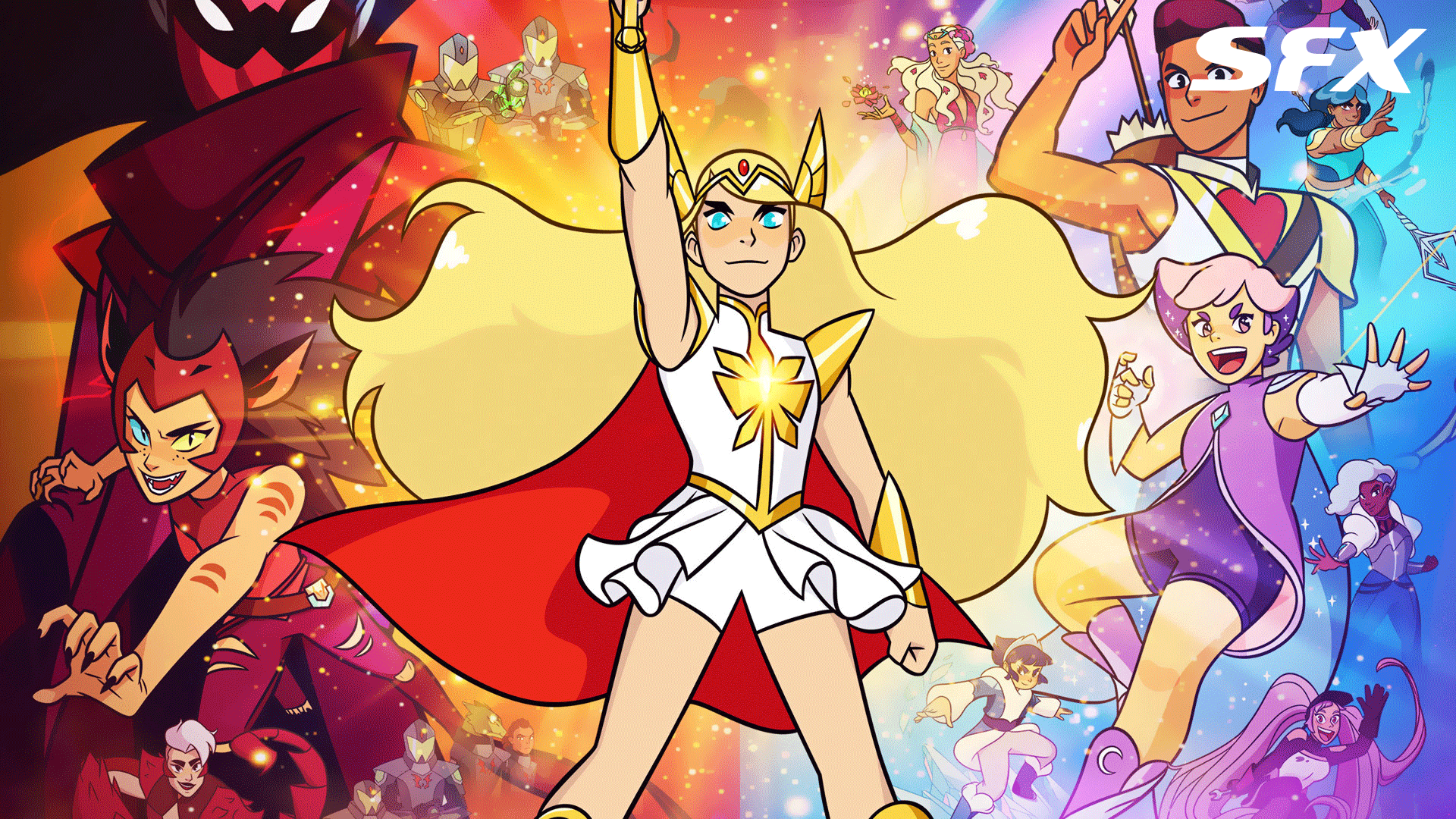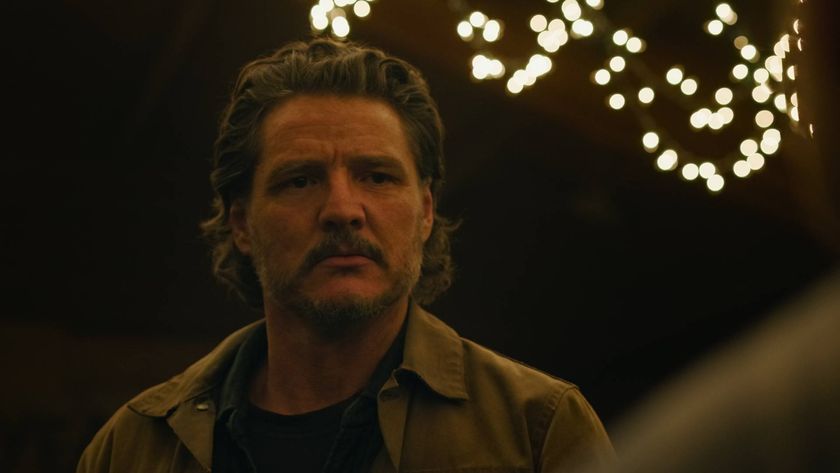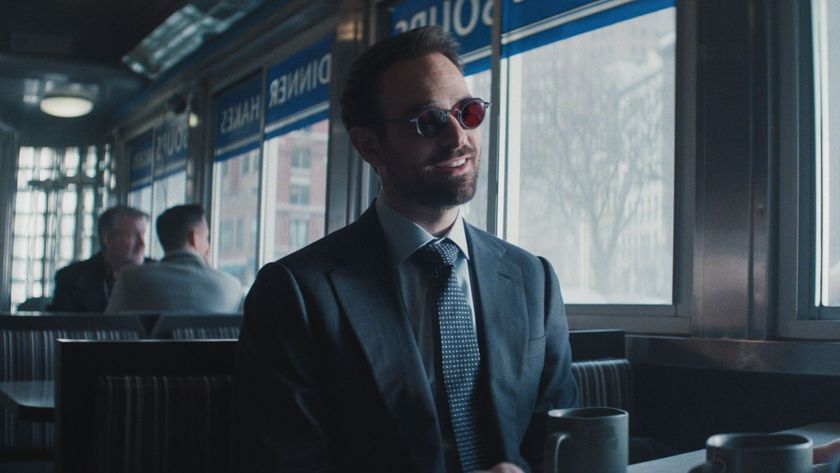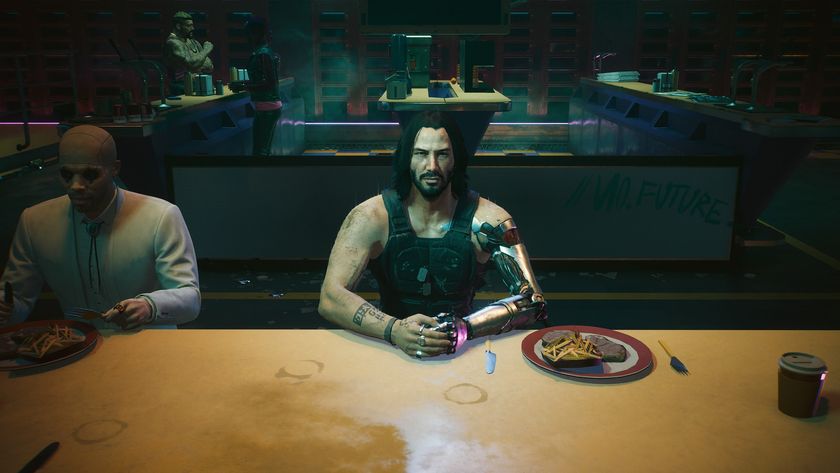She-Ra showrunner Noelle Stevenson on how she aims to change animated storytelling with season 3
The showrunner talks with us about She-Ra season 3, available now on Netflix

It’s been little more than a year since we all got our first look at the next-gen She-Ra, an Adora reborn for the Dreamworks Animation revival, She-Ra And The Princesses Of Power. With her anime-inspired look and inventive approach to diverse issues, old school fans of the mid-eighties cartoon immediately lobbed early negative review bombs, but she’s quickly stomped the naysayers like the puny horde they are.
On 2 August, the third season of the series dropped on Netflix to an ever-growing global fandom transfixed by Adora’s quest to unite the shattered princess alliance on Etheria. While the past iteration of the series was a black and white narrative about the warrior princess eradicating the evil Horde terrorising the planet, executive producer and showrunner, Noelle Stevenson, has augmented the narrative with more emotion, giving contemporary audiences a far more complex journey of a young woman trying to navigate betrayal, guilt, moral quandaries and self-doubt as she ascends to her potential.
Three years and four story-arcs into her adaptation, Stevenson admits to our sister publication SFX magazine that it wasn’t until she saw the public reaction to the first season that she truly exhaled and knew there was an audience for her take on the beloved mythology.
“First of all, we tried to make it feel true to ourselves, and then also we took some risks with how we hoped audiences would receive it,” she explains. “And once the first season was out and we saw the reception, it was such a great feeling.”
Debuting to such positivity also helped because, as it goes with animation, the writers have to work so far in advance of airing because of the time animators need to draw the show to life. “It’s scary,” Stevenson says of the gap that doesn’t allow for major adjustments. “But it’s also a bit of a blessing to have finished, and written, so much of the show before we even announced it. We had a plan from the very beginning and there was a plan that we were sticking to with the writing of the show. We were able to craft the story that we were passionate about without being super influenced by fan reactions yet.”
She adds, “Obviously, we care about the reactions of the fans. It’s really exciting to see people relating to it, and having their own ideas, and making their own fan creations. But I think sometimes the hopes and dreams of the fans, while they create such rich environments of creation for the fans, I do think sometimes it can be a little bit of a negative thing for creators who are trying to meet expectations, while also creating something new.”
Tough Tales
Writing outside of those expectations has allowed this She-Ra series to explore stories that Stevenson believes are important for kids and teens to witness as they’re growing up alongside the show. “I felt passionate, based on the kind of child that I was, and other children that I’ve known at that age, to not pull our punches when it comes to the sorts of stories we’re tackling. It’s not just to be dark for dark’s sake, or heavy for heavy’s sake, or scary for scary’s sake, but I really do think that kids are capable of handling narratives like that, and complicated character motivations. They might not fully understand it yet, but it lays the groundwork for being able to take those emotions that they feel in their own lives.
Sign up to the SFX Newsletter
Get sneak previews, exclusive competitions and details of special events each month!
“Something like the relationship between Adora and Catra [AJ Michalka] is so fraught and messy and dramatic and painful. A five-year-old girl might have had her first falling out with her best friend and have no idea of how to process that. It can be as painful as any break-up, as any fight that even we as adults have. Even though a child might not understand all the nuances of a plot like that, I do think that they understand, so I wanted to not talk down to that audience.”
Catra Conundrum
And with Catra, Stevenson also serves up audiences a relatable “villain” who challenges them to feel empathy for someone ostensibly doing bad things. She says, “There’s a type of character that women really, really relate to, and a lot of times it’s a villain or an anti-hero because I think they portray emotions that women don’t feel like we’re necessarily always able to express. At least, not in a socially acceptable type of way, and those feelings are sometimes ugly and messy and scary. It’s so cathartic to see them play out, and the way I approach the show was to really treat the villain like the dual protagonist. She’s going through a lot of the same things that the heroes are going through. Obviously, Catra’s goal is not one that we’re rooting for them to succeed at, but as people, we want them to make the right decisions. We want them to become better people.”
Stevenson is also serious about making sure that audiences of all ages see themselves, every version of what the world is really comprised of, including ethnicities, body-shapes and LGBTQ relationships like that of Bow’s fathers. “[Inclusion and diversity] is something that I take really seriously, and it’s a personal mission of mine to make sure that the stories that I’m telling reflect as many viewpoints as possible, that it shows as many people living out these fantasies that haven’t always gotten to see themselves reflected in these fantasies. I think it should be something that all creators need to address and think about in their work. I want it to feel like you’re watching [She-Ra], like, ‘Oh, of course that person is there. Of course, those two characters are together. Of course, that’s the main character. Why wouldn’t it be?’”
As the seasons progress, Stevenson promises that Adora, Glimmer (Karen Fukuhara), Bow (Marcus Scribner), Catra, and other new characters will continue to show audiences different sides of themselves as they grow up, and into, the people they’re meant to be.
“And again, it’s not just that we have to reflect today’s era, or keep up with other media,” she says. “I balk a little bit when people ask, ‘This show has introduced this thing and that’s progressive. What are you doing to beat that show?’ I don’t see it as beating each other at all, rather that we all have a common goal and every show that makes a little bit of headway, it paves the way for other shows coming afterwards.”
All three seasons of She-Ra And The Princesses Of Power are streaming on Netflix now.
Enjoyed this feature? Enjoy more science fiction and fantasy features in SFX magazine, available digitally and on UK magazine shelves. You can subscribe here.
Most Popular









